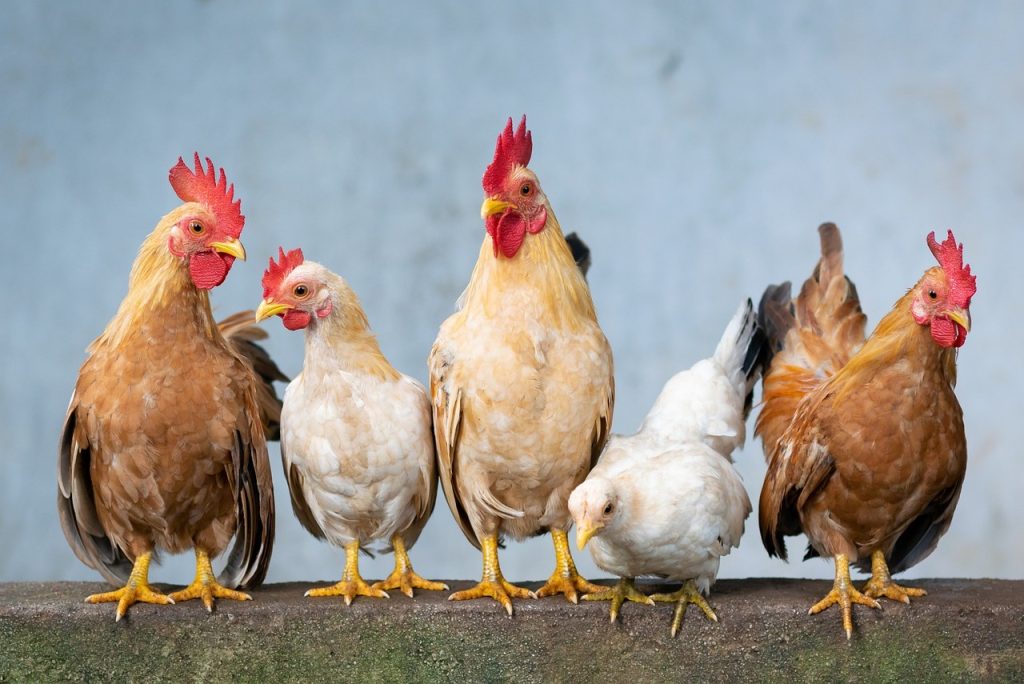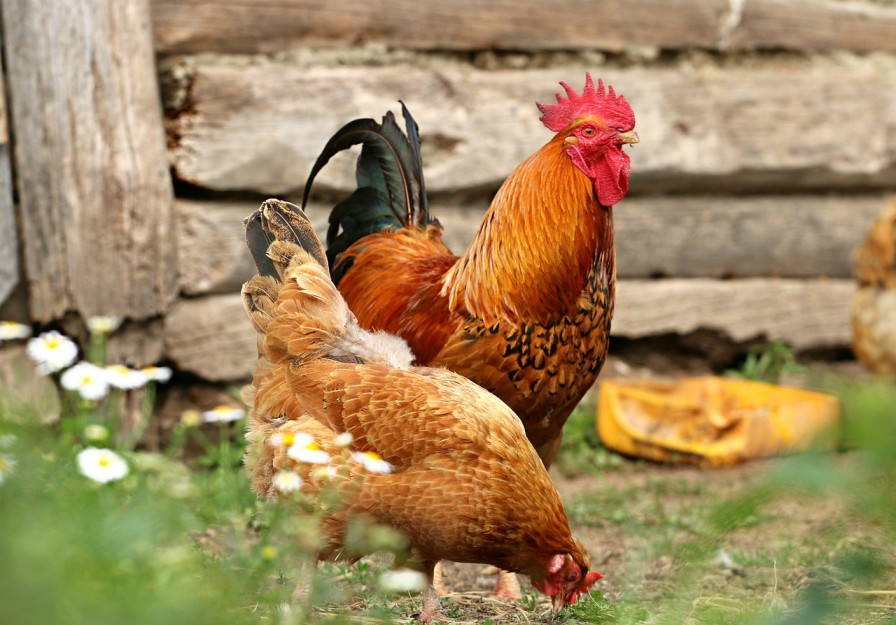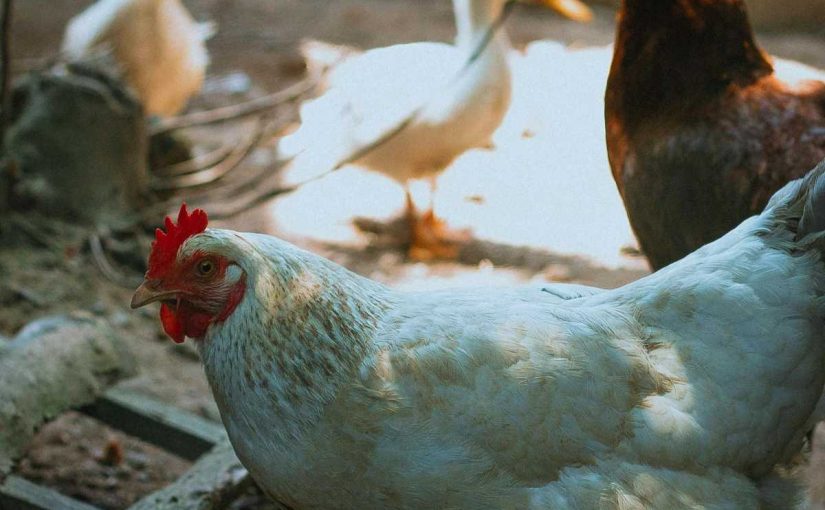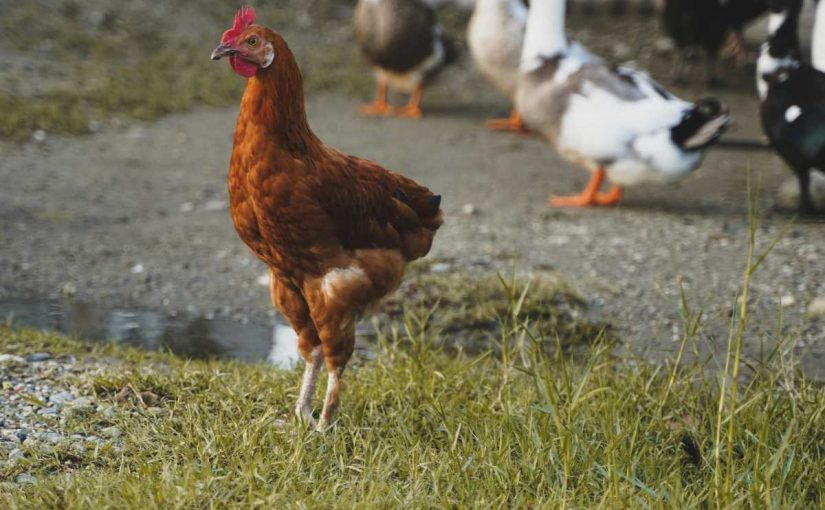Chicken genetics is the study of how various traits are inherited in chickens, such as feather color, comb shape, egg production, and even behavior. Whether you’re a backyard chicken enthusiast or a breeder aiming to improve your flock, understanding the basics of chicken genetics will allow you to make informed decisions about breeding and raising chickens.
Let’s explore chicken genetics and how you can identify and apply genetic knowledge in your flock.
1. Basic Genetics Principles
At the core of chicken genetics are genes, the building blocks of inheritance. Genes come in pairs and are passed down from parents to their offspring. Each gene can be dominant or recessive:
- Dominant genes will show their trait even if only one parent passes it on.
- Recessive genes require both parents to pass on the gene for the trait to appear in the offspring.
For example, the gene for white feathers might be dominant over the gene for black feathers. If one parent carries the dominant white gene and the other carries the recessive black gene, the offspring may have white feathers.
2. Feather Color and Pattern Genetics
Feather color is one of the most visually diverse traits in chickens. This diversity is influenced by several genes interacting in complex ways. Some common color patterns and their genetic backgrounds include:
- Black and White: The dominant white gene (I) inhibits pigmentation, producing white feathers, while the recessive gene allows for black or other colored feathers.
- Blue Feathering: Blue plumage is the result of the heterozygous combination of black (B) and splash (Bl) genes, creating a diluted, blue-colored feather.
- Buff Color: The buff gene (B) gives chickens a golden-yellow appearance and is often selected in breeds like Buff Orpingtons.
If you’re looking to predict or breed for certain feather colors, you’ll need to know the genetic history of the parents to predict what genes might be passed to the offspring.

3. Eggshell Color and Genetics
The genetics of eggshell color is another fascinating area. Different breeds lay eggs in various shades, including white, brown, blue, and green. The gene responsible for blue eggshells (O) is dominant, meaning chickens that carry this gene will lay blue or green eggs, depending on the other genes involved.
Here’s a breakdown of some common eggshell colors:
- White Eggs: The base color in most chicken breeds, controlled by the absence of the brown pigment gene.
- Brown Eggs: The brown pigment gene (O) overlays white eggshells, creating brown or cream-colored eggs.
- Blue and Green Eggs: Chickens with the blue eggshell gene (O) lay blue eggs. If a chicken has both the blue gene and the brown gene, the eggshells can appear green.
Knowing the genetics behind eggshell color allows you to predict what color eggs a chicken might lay, which is especially useful for breeders focused on aesthetics.
4. Combs and Other Physical Traits
Chicken comb shapes are another easily observable trait influenced by genetics. The most common comb types include:
- Single Comb: The single comb is the most common and is controlled by a recessive gene.
- Pea Comb: The pea comb gene (P) is dominant and results in a smaller, more compact comb shape.
- Rose Comb: The rose comb gene (R) is also dominant and produces a flat, low comb with a spike at the back.
You can also observe other inherited traits, such as feathered legs, skin color, or earlobe color, which are determined by specific genetic markers. For example, chickens with feathered legs inherit this trait from a dominant gene, while white earlobes are often linked with white eggshell color.
5. Breeding for Specific Traits

To breed chickens with desired traits, such as specific feather colors, egg colors, or physical features, follow these steps:
- Know the parent stock: Choose chickens with the traits you want to pass down. Ensure both parents carry the desired genes.
- Select for dominant and recessive traits: Understanding whether the traits you’re aiming for are controlled by dominant or recessive genes will help you plan your breeding pairs. For example, if you want to breed for blue eggs, make sure at least one parent has the dominant blue egg gene.
- Track genetic outcomes: Keep records of your flock’s genetic traits over time, noting how certain traits manifest in offspring. This can help refine your breeding program and improve the consistency of the traits you want to highlight.
6. Sex-Linked Traits
Some traits are sex-linked, meaning they are inherited based on the sex chromosomes of the chicken. For example, certain color patterns or feathering types may be passed down depending on whether a chicken is male or female. Sex-linked traits are especially useful for breeders who want to easily distinguish between male and female chicks at hatch.
One common example is the sex-linked gene for feather growth. In some crosses, males will develop slower feather growth than females, making it easier to identify their sex at a young age.
7. The Role of Hybrid Vigor
When two genetically different breeds are crossed, the offspring may exhibit hybrid vigor or heterosis. This means the mixed-breed offspring are often more robust and healthier than their purebred parents. Hybrid vigor is commonly seen in crossbred chickens bred for meat or egg production, as these hybrids often outperform their purebred counterparts.
8. Genetic Disorders and How to Avoid Them
While selective breeding can enhance desired traits, it can also lead to the unintentional spread of genetic disorders. Inbreeding, or breeding closely related chickens, increases the likelihood of passing down recessive genetic disorders, such as:
- Crooked beaks
- Leg deformities
- Reduced fertility
To avoid these issues, diversify your breeding stock by introducing new bloodlines from time to time. This reduces the risk of genetic disorders and maintains a healthy, diverse gene pool in your flock.
Conclusion
Understanding chicken genetics empowers you as a flock owner to make informed breeding decisions and manage your chickens’ traits effectively. By learning how dominant and recessive genes work, identifying genetic traits like feather color and eggshell pigmentation, and breeding for specific characteristics, you can improve your flock over generations. Pay attention to genetic diversity and avoid inbreeding to maintain healthy chickens.




